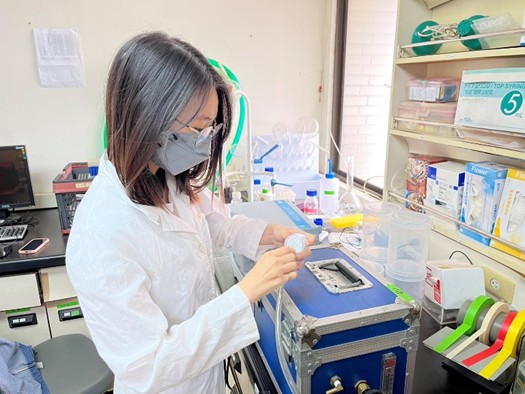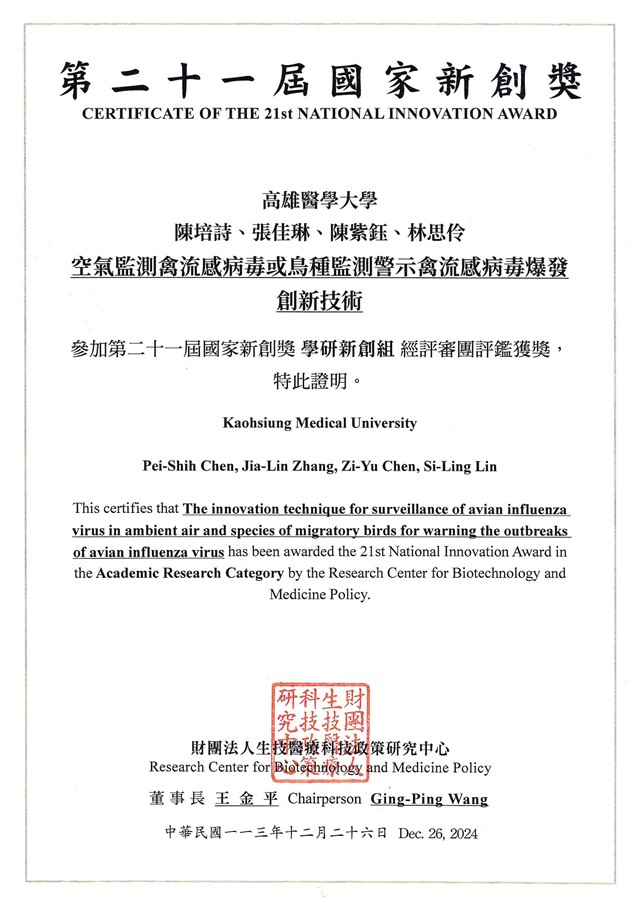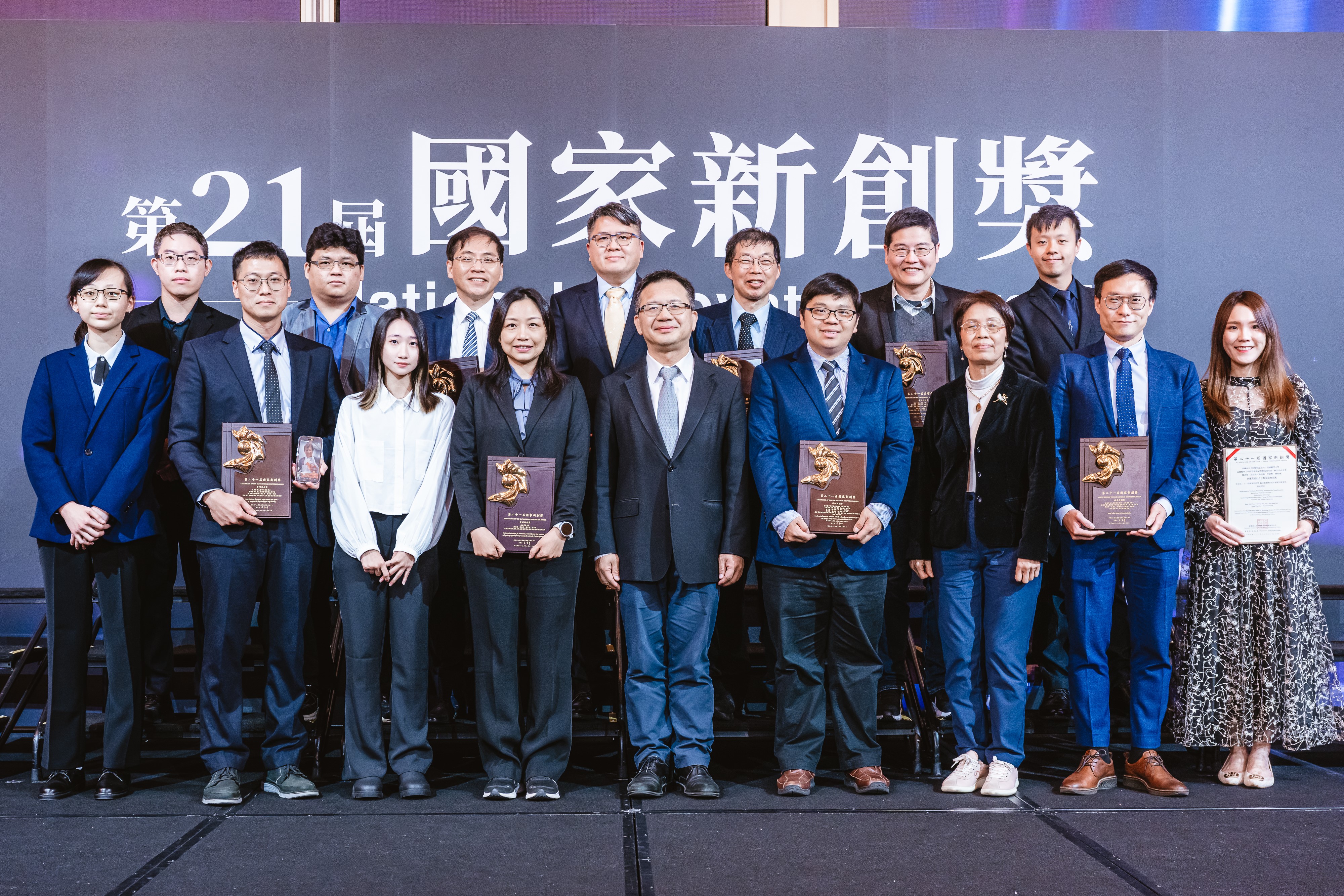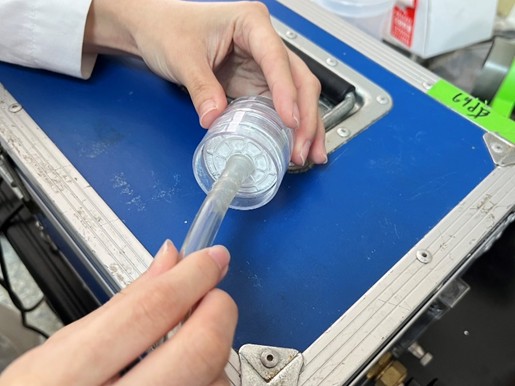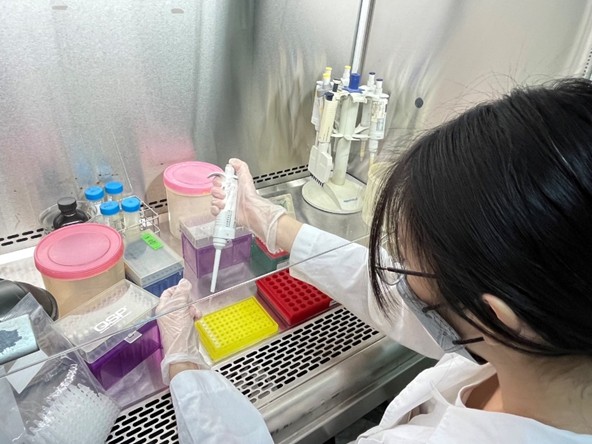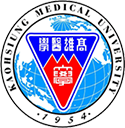-Office of Research and Development, KMU.-
KMU Develops New Air Sampling Technology to Combat Avian Flu
The outbreaks of avian influenza virus affect economic and public health worldwide. Previous studies had proved that avian influenza virus could spread through air in poultry farms and live poultry markets. In addition, due to the migration, migratory birds could also transmit avian influenza virus and cause the poultry infected. So far, there is no study investigate airborne influenza virus in winter habitat of migratory birds and the influence factors. We conducted a study to detect airborne influenza virus in winter habitat of migratory birds and used quantitative real-time polymerase chain reaction to analyze viral RNA. In our finding, the positive rate of H7 (12%) was higher than H5 (8%) and H9 (10%). The negative correlation was observed between temperature and avian influenza virus. In addition, cold air masses and bird migration could affect the concentration of airborne influenza virus. Both positive rate and concentration of H7 were higher on days affected by colds air masses than those on days not affected by cold air masses, indicating that airborne influenza virus could affect Taiwan (downwind of Korea) through long-range transportation. In addition, the positive rate and concentration of H7 during the bird migration periods were higher than those during the background periods. We also revealed that the positive correlation between airborne avian influenza virus and the numbers of bird species such as pintails, common teals, Indian spot-billed ducks, northern shovelers, Eurasian wigeons, tufted ducks, pied avocets, black-faced spoonbills, and great cormorants. Therefore, this study provides epidemiology insight into avian influenza virus, realizing airborne avian influenza virus could be affected by temperature, cold air masses, and specific species of birds.
This study collaborated with Chen-Chih Chen, from National Pingtung University of Science and Technology. Jia-Lin Zhang, first authors, presented this paper in the 2022 Asian aerosol conference and won the second-place winner in” Tai & Chyun Student Oral Award”. In addition, Professor Pei-Shih Chen from the Department of Public Health has an H-index of 22. Furthermore, Professor Pei-Shih Chen was invited and won "21st National Innovation Award – Academic Innovation Award".
影片介紹:https://youtu.be/W1GHw5cyNPA?si=gmi0COsXHw8fR-Ek
媒體報導:
1.中央社-
https://www.cna.com.tw/news/ahel/202304170156.aspx
https://www.cna.com.tw/postwrite/chi/339115
2.公視新聞網-
https://news.pts.org.tw/article/632513
https://focusnews.com.tw/2023/04/498235/
